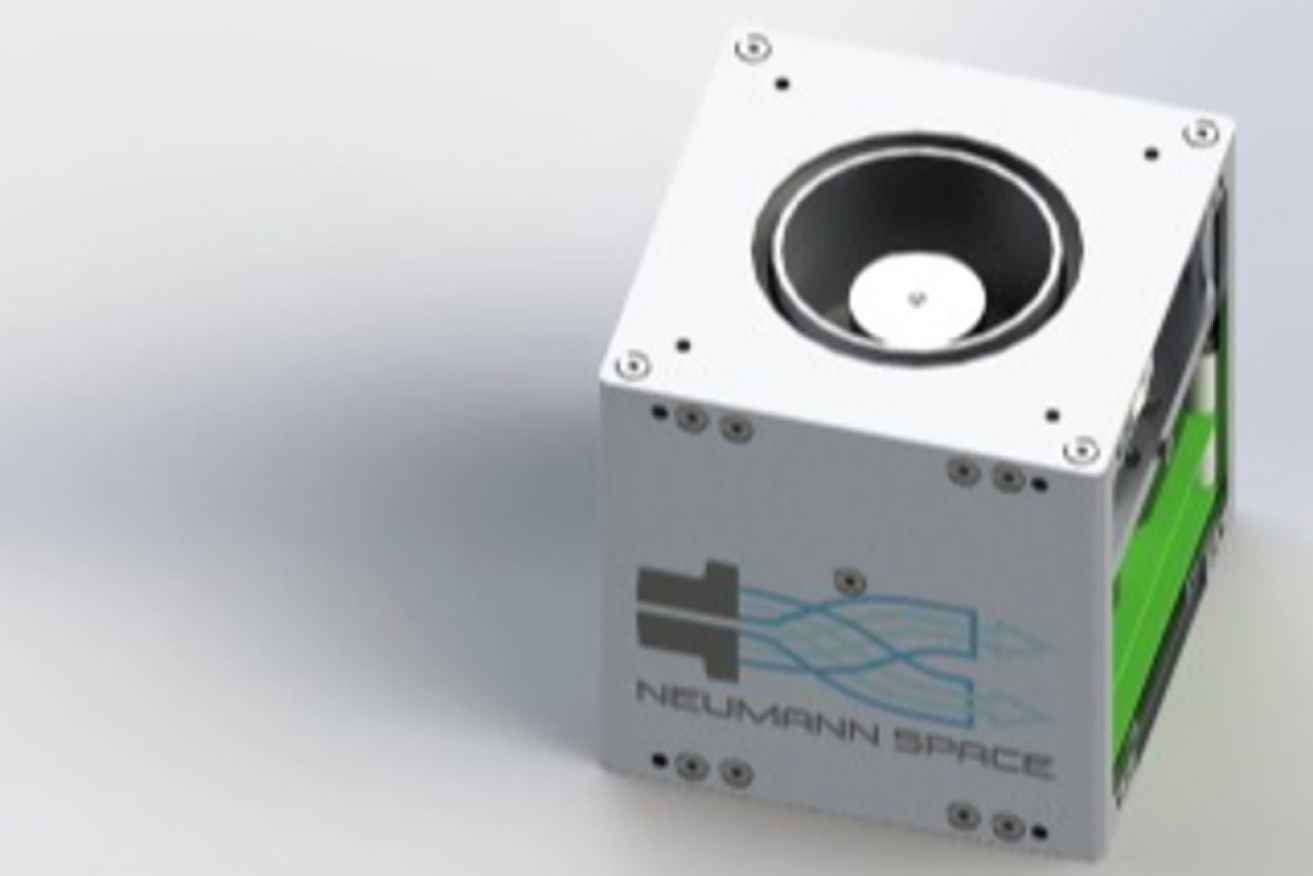Neumann Space plasma thruster put to the test
Australian designed satellite thrusters have passed their first space tests over the weekend.

Adelaide-based Neumann Space becomes the first commercial entity to fire a thruster in space that utilises Molybdenum as a solid metallic propellant.
The Albanese government may have put the brakes on Australia’s satellite program, but two tiny pieces of innovative satellite technology are gently pushing back.
One is powered by “mothballs”. The other metal.
Both are tiny “thrusters” enabling small satellites to dodge dangerous debris and reposition themselves in space.
The two companies behind the thrusters have reported successful first test flights this weekend, aboard Australian-made SkyKraft CubeSats.
Both report their success despite the Albanese Government’s move to cancel the multi-billion-dollar National Space Mission for Earth Observation (NSMEO) and Defence Department StarShot program.
These major projects were announced under the Morrison Government which said they would demonstrate local industry’s ability to meet disaster response and defence surveillance needs.
One of the projects announcing success today is the camera-flash-like Neumann Drive, which works by discharging an arc of electricity into a Molybdenum rod. This generates a pulse of plasma, which nudges the spacecraft in the desired direction.
The other is the Boswell Technologies / ANU Bogong thruster, which runs on the smell of an oily rag. Naphthalene, to be exact. Its low vapour point means a thruster doesn’t need a lot of spark to generate a kick.
Most importantly, though, both technologies are designed to use safe but efficient fuels (unlike the industry standard – but highly carcinogenic – hydrazine) in as simple a manner as possible to significantly reduce costs (and risks).
Adelaide-based Neumann Space was one of the first occupants of the South Australian government’s Lot Fourteen space precinct. Its metal-powered technology has attracted global interest. Now it’s seeking to prove its potential in orbit.
“The on-orbit testing was designed to confirm the resilience of the Neumann Drive to the launch environment, to carefully validate the system’s electronics, to demonstrate charging of its power capacitors and to conduct a test firing of the thruster, all of which were successfully completed,” the company said in a statement today.
The Bogong 1 thruster’s fuel is solid at room temperature, but when heated, it transitions immediately from a solid to a gas.
That significantly reduces the need for complex, heated, reinforced containers aboard space-and-weight-constrained CubeSats.
It took Dr Dimitrios Tsifakis and his team six months to design, develop and build the thruster. And a next-generation design is already on its way into orbit.
Both innovative Australian technologies are well-positioned to ride a new wave of international requirements and regulations designed to reduce the risk of orbital space junk.
It is rapidly becoming a requirement for all satellites to have the means to nudge themselves back into the atmosphere to burn up safely once their useful lives are over.
“The industry is experiencing a rapid surge in the launch of satellites into space, accompanied by heightened regulatory standards and mission demands,” Neumann Space CEO Herve Astier said.
“This convergence is generating a robust need for enhanced propulsion systems, and our program of on-orbit testing is designed to move us quickly to commercialisation and to answer the needs of an underserved market.”
From Cosmosmagazine.com
[solstice_jwplayer mediaid=”2Tbp8Xtv” playerid=”Meorb6nj” caption=”Sponsored video: The Post” /]




